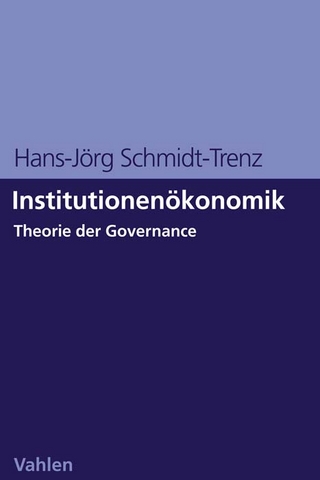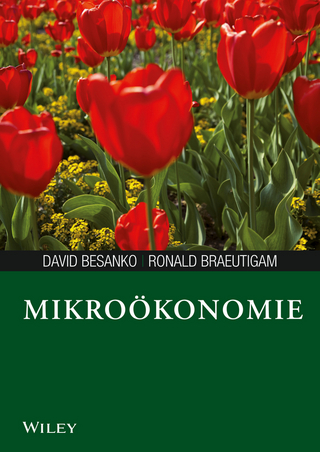
Cournot Oligopoly
Cambridge University Press (Verlag)
978-0-521-36176-7 (ISBN)
Celebrating the 150th anniversary of Cournot's work, which Mark Blaug has characterized as 'a book that for sheer originality and boldness of conception has no equal in the history of economics thought', this volume focuses on the properties and uses of Cournot's model of competition among the few. While there are many issues that Cournot explored in researches into the mathematical principles of the theory of wealth, the topic that he is most readily associated with - and which now is also enjoying a revival - is his model of oligopolistic interaction among firms. This revival of interest in Cournot's model is due largely to increased emphasis by economists on capturing elements of imperfect competition and strategic behavior.
Preface; Part 1. Introduction: 1. Introduction, purpose, and overview Andrew F. Daughety; Part II. Background: 2. Of the competition of producers Augustin Cournot (translation by Nathanial T. Bacon); 3. Review of Walras's Théorie mathématique de la richesse sociale and Cournot's Reserches sur les principles mathématiques de la théorie des richesses Joseph Bertrand (translation by James W. Friedman); 4. Non-cooperative games John Nash; Part III. Examining Cournot's Model: 5. On the existence of Cournot equilibrium William Novshek; 6. Collusive behavior in non-cooperative epsilon-equilibria of oligopolies with long but finite lives Roy Radner; 7. A non-cooperative equilibrium for supergames James W. Friedman; 8. Reconsidering Cournot: the Cournot equilibrium is consistent Andrew F. Daughety; 9. An experimental test of the consistent-conjectures hypothesis Charles A. Holt; 10. Quantity precommitment and Bertrand competition yield Cournot outcomes David M. Kreps and José A. Scheinkman; 11. On the efficiency of Bertrand and Cournot equilibria with product differentiation Xavier Vives; 12. Price competition vs. quantity competition: the role of uncertainty Paul Klemperer and Margaret Meyer; Part IV. Applications: 13. Cournot and Walras equilibrium William Novshek and Hugo Sonnenschein; 14. Duopoly information equilibrium: Cournot and Bertrand Xavier Vives; 15. Information transmission - Cournot and Bertrand equilibria Esther Gal-Or; 16. Uncertainty resolution, private information aggregation, and the Cournot competitive limit Thomas R. Palfrey; 17. Losses from horizontal merger: the effects of an exogenous change in industry structure on Cournot-Nash equilibrium Stephen W. Salant, Sheldon Switzer, and Robert J. Reynolds; 18. Delegation and the theory of the firm John Vickers; 19. A study of cartel stability: the Joint Executive Committee, 1880–1886 Robert H. Porter; 20. Oligopoly and financial structure: the limited liability effect James A. Brander and Tracy R. Lewis.
| Erscheint lt. Verlag | 27.1.1989 |
|---|---|
| Verlagsort | Cambridge |
| Sprache | englisch |
| Maße | 159 x 235 mm |
| Gewicht | 715 g |
| Themenwelt | Wirtschaft ► Volkswirtschaftslehre ► Mikroökonomie |
| ISBN-10 | 0-521-36176-1 / 0521361761 |
| ISBN-13 | 978-0-521-36176-7 / 9780521361767 |
| Zustand | Neuware |
| Haben Sie eine Frage zum Produkt? |
aus dem Bereich


